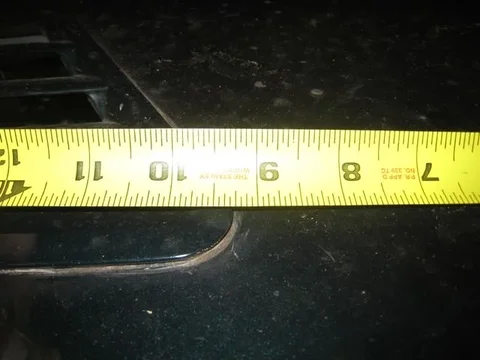Hey BENO, wouldn't water be inside the engine bay anyway? the force of the water is pushing through the grill and the radiator allowing it into the engine bay. What would have been disastrous about having the vents in that situation? Personally I'd be more worried about NOT having a snorkel. Not a whole lot of water crossing here in CA though.
Bingo. Guys if hood venting was really a problem, why would 80's have so many successful water crossings with a coil and coil wire mounted to the frame rail, some 18inches *below* the hood line, and below the stock airbox. I have never seen a reference to relocating the coil when installing a snorkel either.
3 years in driving rain, snow, and every conceivable daily abuse with hood vents, they have not adversely affected engine performance in any way. I've seen them on many stock trucks that do water crossings as well. I went thru, quite thoroughly (and not without subsequent controversy) "Sumotoy's ABC's of 80 Cooling", hoping it would stand the test of time. 3 years in, I have no corrections to make to those posts... Yet.
My .02
Scott J
94 FZJ80 Supercharged with hood vents





 .
.